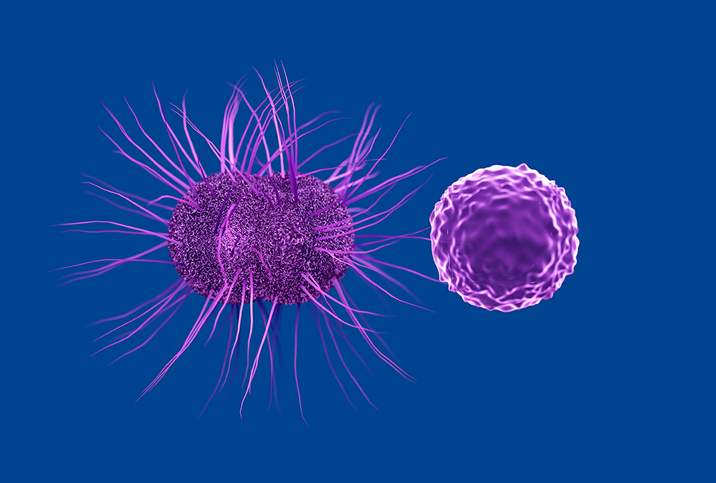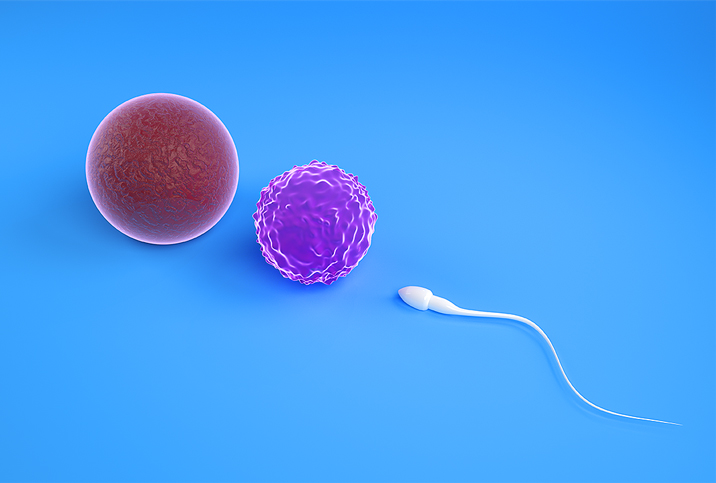Chlamydia and Gonorrhea: Similarities and Differences

Chlamydia and gonorrhea have a lot in common when it comes to sexually transmitted diseases (STDs), but they are distinctly different diagnoses with their own consequences and treatment.
Similarities
These two STDs share a lot when it comes to transmission, symptoms and complications.
Transmission
Transmission of gonorrhea or chlamydia can occur through penetrative or non-penetrative sexual activity involving the mouth, genitals or anus. Men and women can contract either infection, and even the use of barrier protection methods such as condoms, which are prone to human error, may still result in transmission of either.
Symptoms
Chlamydia and gonorrhea can look exactly the same, when there is something to see. One of the chief concerns of both is that a person can contract them without exhibiting visible or strong symptoms, and it can take weeks for them to flare up. This is plenty of time for transmission to other sexual partners.
When symptoms occur, men and women with either STD may experience:
- Burning sensation during urination
- Discolored discharge from penis or vagina
- Pain, bleeding or discharge coming from the anus
- Sore throat or cough when orally exposed
For both diseases, men can experience swelling of the penis or testicles and pain during ejaculation. Women may experience heavier or irregular menstrual flow and pain during sex.
Complications
Long-term complications can result from either STD. The primary concerns relating to chlamydia and gonorrhea involve reproductive health and the potential for contracting other diseases. In other words, having gonorrhea makes you more likely to contract chlamydia and vice versa. Additionally, both infections have been linked to increased likeliness of contracting human immunodeficiency virus (HIV).
Damage done by either STD to the reproductive organs can limit or prevent a person from having children. Complications from chlamydia or gonorrhea can impact sperm production in men or create the possibility of an ectopic pregnancy in women. These are some of the more common reproductive complications, but others exist as well.
Differences
For all of their similarities, chlamydia and gonorrhea have key differences in treatment and complications.
Treatment
While both conditions typically are treated through an oral antibiotic, chlamydia has a greater success rate. On the other hand, gonorrhea is more likely to develop into a strain of antibiotic-resistant gonorrhea, or more colloquially, "super gonorrhea." In these cases, standard antibiotic treatments may not be effective. Scientists have concerns that super gonorrhea may someday be completely untreatable with antibiotics.
Complications
Chlamydia has an increased risk of causing pelvic inflammatory disease (PID) in women. This happens when the infection moves up into the uterus or fallopian tubes. PID can cause intense pelvic pain, general fever and sickness, nonmenstrual vaginal bleeding and other symptoms that differ from those of chlamydia. In men, untreated chlamydia can lead to an inflamed urethra, rectum, prostate and epididymis.
Gonorrhea, if left untreated, can cause gonococcal arthritis in both men and women. This form of arthritis is more commonly found in women and causes pain and swelling in joints throughout the body.
Preventing chlamydia & gonorrhea
Standard safe-sex practices can help keep you and your partners from contracting either chlamydia or gonorrhea. Whenever possible, use barrier methods such as condoms during sexual contact. Make sure instructions are followed adequately when implementing such protection and get tested regularly or whenever necessary if there's a chance of exposure to any STD.
You may not always show symptoms when you've been exposed, so regular testing practices are the only way of knowing for sure. Knowing your health status is most important for you and anyone with whom you're having sexual relations.

















